Wet roads and wild places: navigating tar and gravel after rain
Travelling in or after rain safely means slowing down, reading the terrain, and respecting the weather’s power.
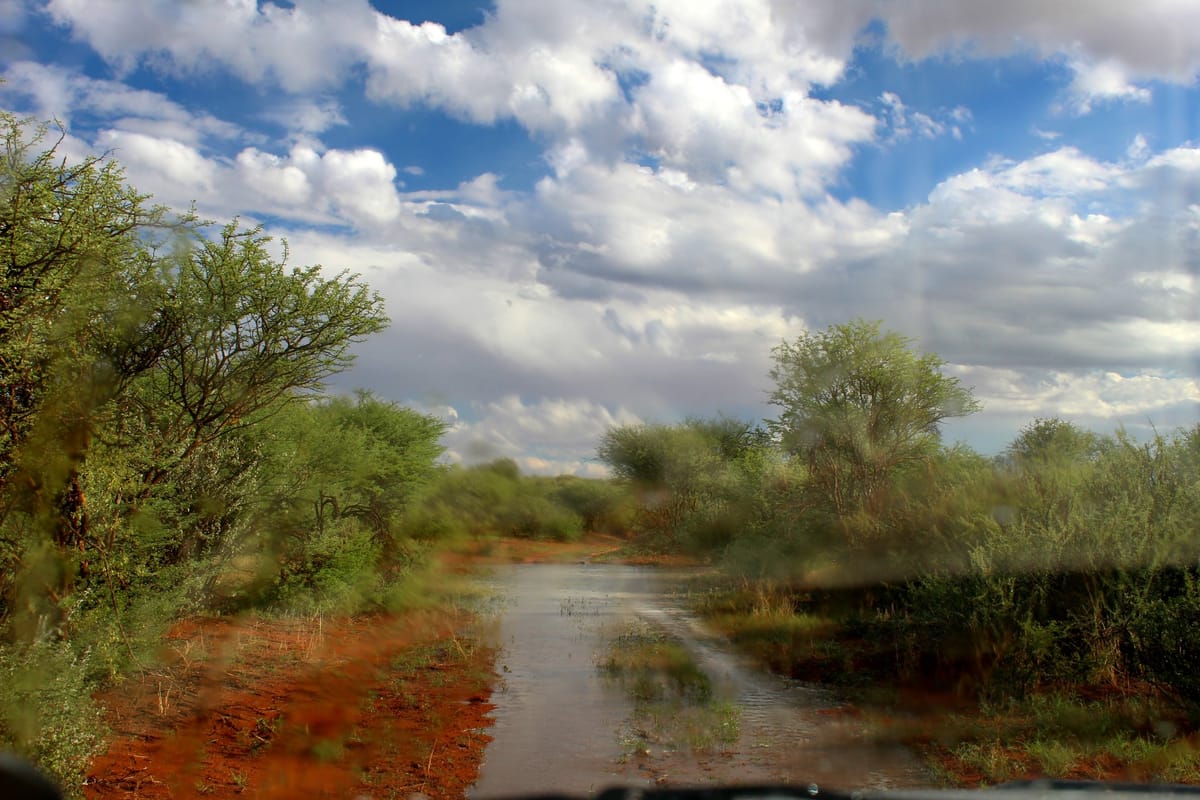
Few things test a traveller’s nerve more than driving across Southern Africa after a heavy downpour. Rain transforms the very character of the land.
A smooth tarred road between Nelspruit and the Kruger National Park becomes slick and glassy, while gravel tracks cutting across the Waterberg or the Kgalagadi Transfrontier Park can turn into stretches of mud and pools that swallow tyres.
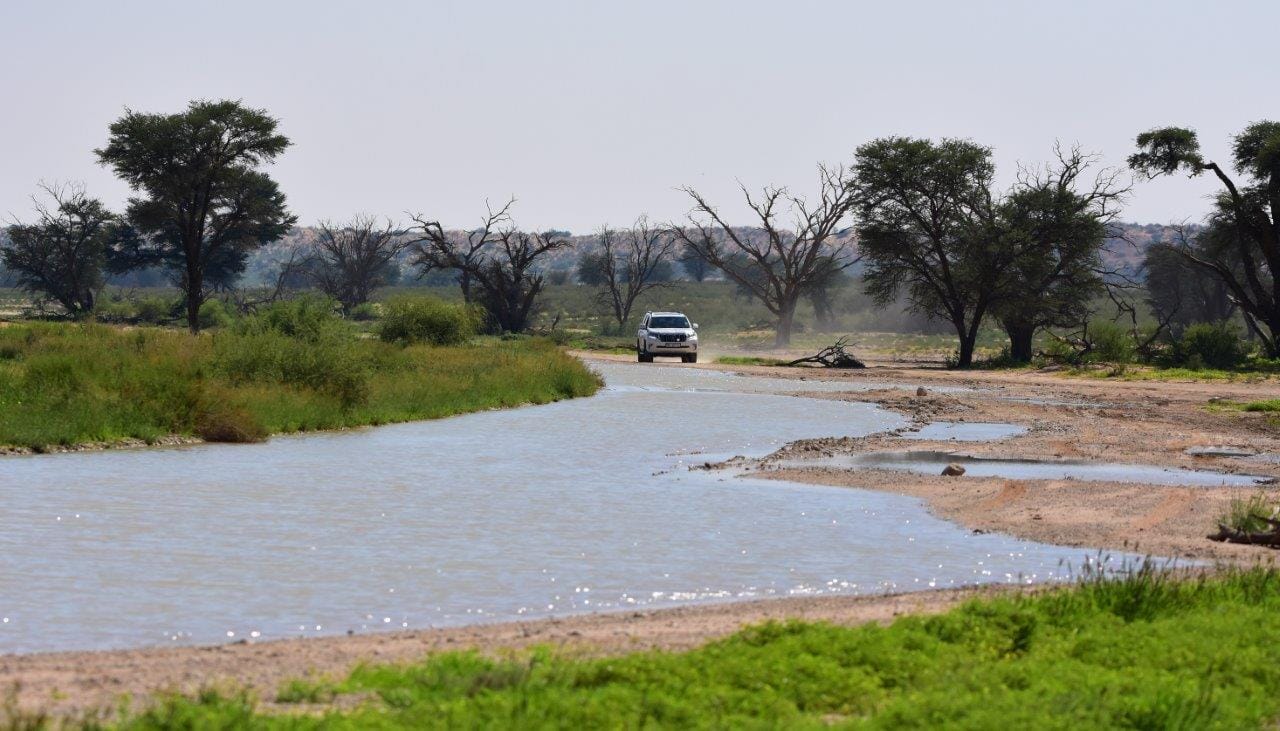
Navigating these conditions is not only about skill but also about an awareness of place, weather, and terrain.
On tar, the risk is often underestimated. Summer storms sweep through the Lowveld in minutes, leaving puddles that hide potholes along the R40 between White River and Hoedspruit.
Oil residues rise to the surface during the first rain, creating a film that reduces grip even further.
Travellers heading towards the Drakensberg escarpment will notice how the winding mountain passes grow treacherous under mist and spray. Driving here requires gentleness: easing off the accelerator, maintaining longer following distances, and resisting the urge to brake sharply on the shining surface.
Gravel is another world altogether. In the Kalahari, a light shower binds the dust and makes for a firmer ride. A longer rain, however, turns the sand into clay that clings to tyres.
Roads through the Limpopo Valley or Botswana’s Makgadikgadi pans can appear deceptively manageable until the vehicle begins to fishtail. Local farmers call this “slippery as soap”, a phrase that every visitor quickly learns to respect.
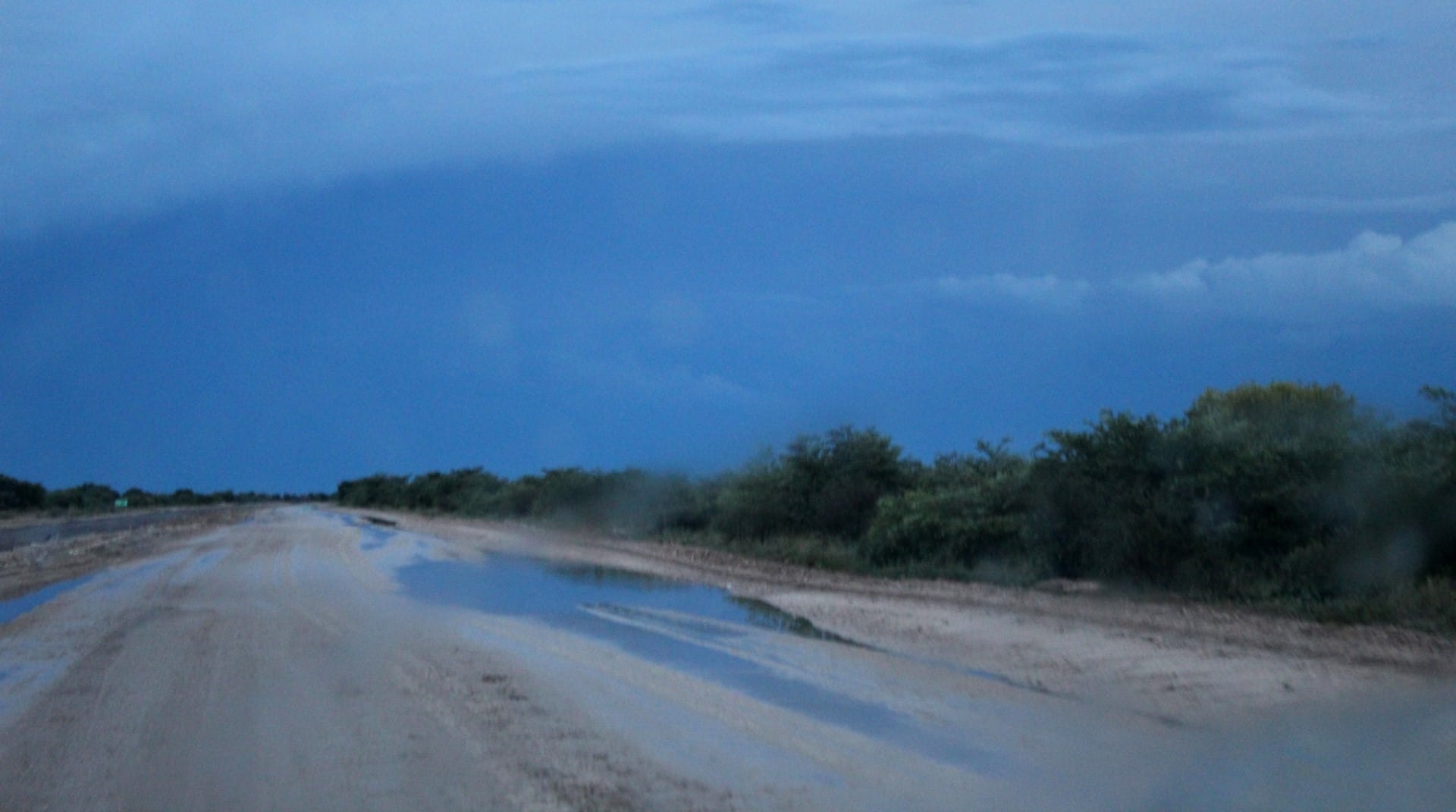
The way forward is to keep steady momentum, avoid sudden turns, and accept that travel might be slower than expected.
South Africa’s national parks provide countless examples of these contrasts. Kruger’s gravel loops, such as the S100 near Satara, can feel solid in the dry season, but in February they transform into rutted tracks filled with water.
Visitors eager to spot lions or herds of buffalo often push their luck, edging closer to the verge where the ground is soft. Park rangers frequently advise patience: stay on the crown of the road, avoid flooded depressions, and trust that sightings will come without taking risks.
Elsewhere, the Eastern Cape’s Wild Coast roads combine both challenges. A tarred section on the N2 may appear easy, but sudden coastal squalls reduce visibility to a blur of grey.
A few kilometres later, gravel backroads into villages like Coffee Bay can dissolve into red mud, so sticky that even four-wheel drives struggle. Locals know that waiting an hour or two can change everything as the sun dries the surface and restores a degree of traction.
For travellers planning overland journeys, understanding how the seasons shape routes is vital.
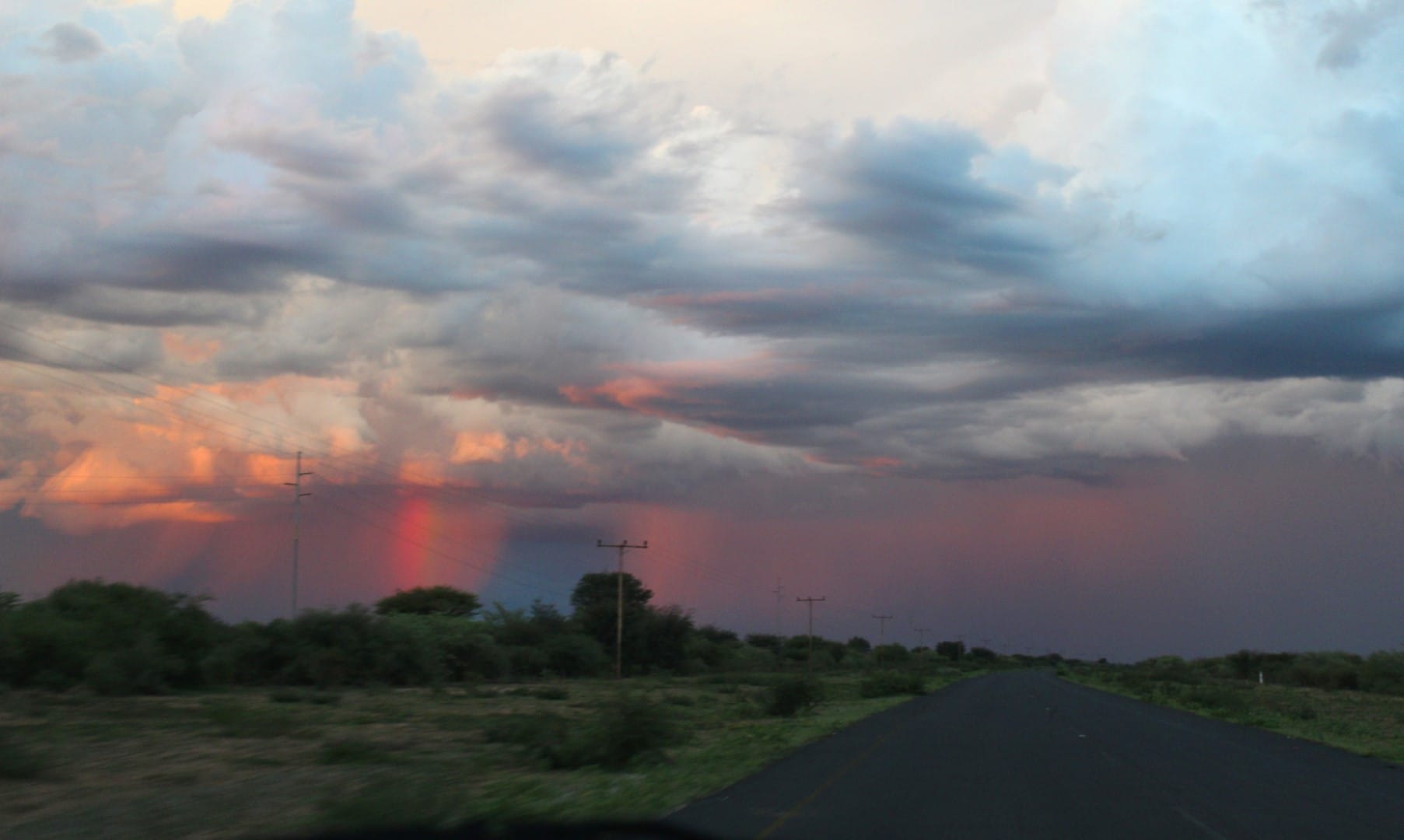

The wet summer months from November to March bring both drama and delay. Heavy storms in the Drakensberg create flash floods that sweep across low-lying crossings.
In Namibia, the ephemeral rivers flowing through Damaraland can cut off access to camps for days. Maps and guidebooks provide the skeleton of a route, yet it is the weather forecast and advice from local communities that breathe life into the plan.
One of the best strategies is learning to read the road itself.
A tar stretch darkened by rain may hint at aquaplaning risk where tyres ride on water instead of tarmac. On gravel, the sheen of mud reflects like glass, warning of treacherous patches. Tracks that appear rougher, filled with stones and ridges, sometimes offer better grip than those that look smooth.
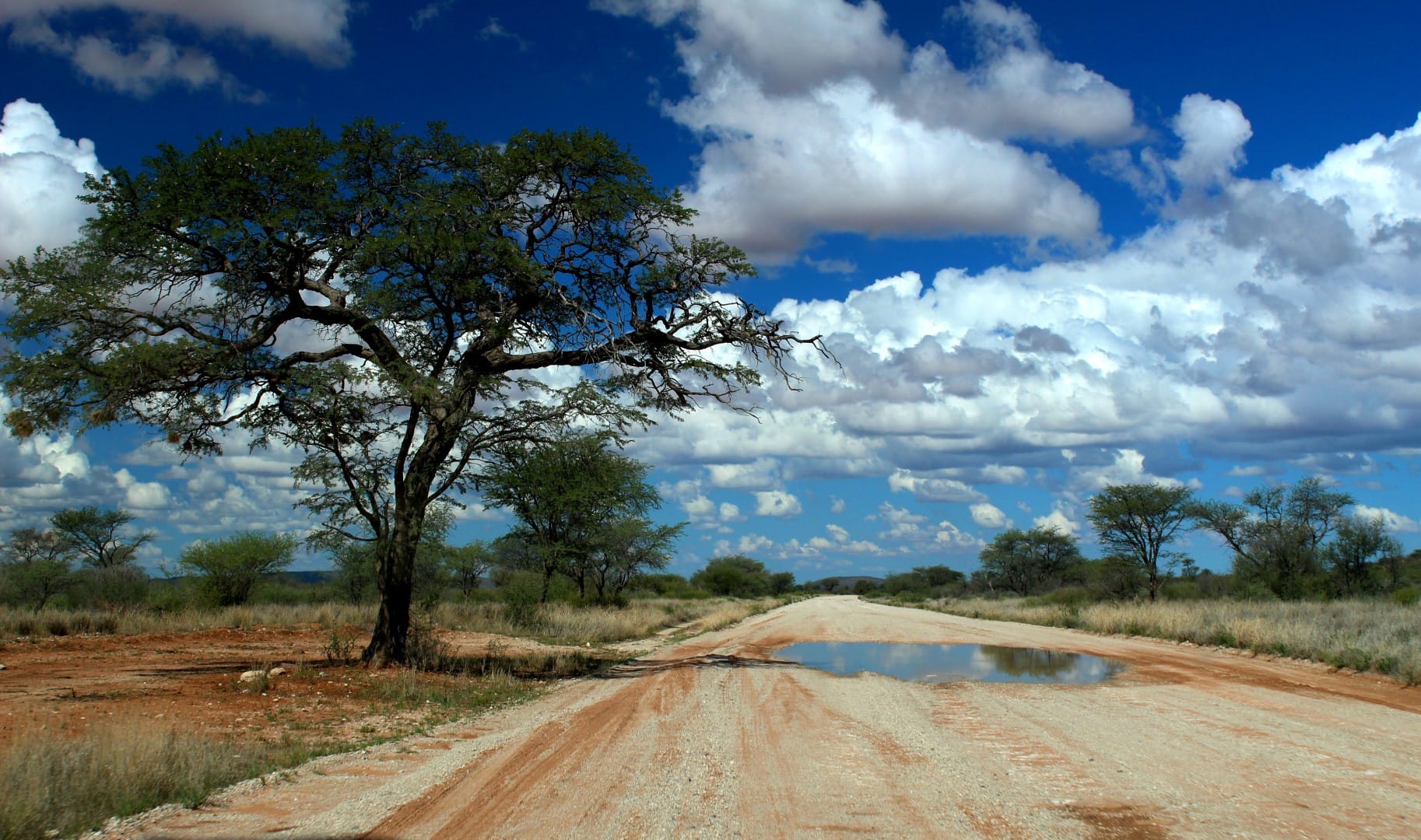
Knowing when to continue and when to stop is as much instinct as it is preparation.
Driving in Southern Africa in the wet is not something to fear, but rather to respect. These roads are part of the character of the journey, reminding travellers that the continent is alive, unpredictable, and deeply tied to its seasons.



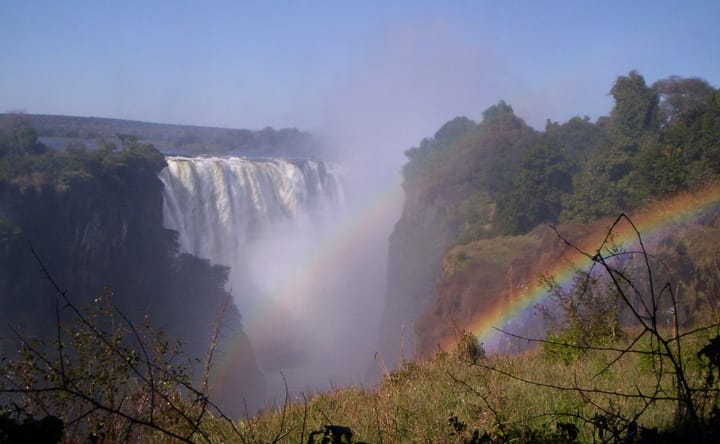
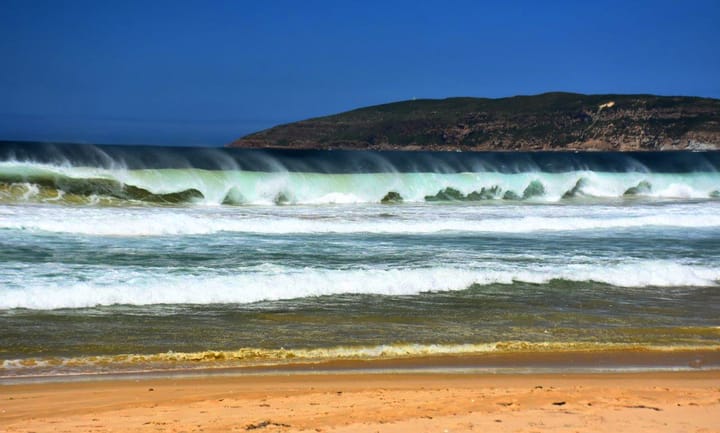
Comments ()